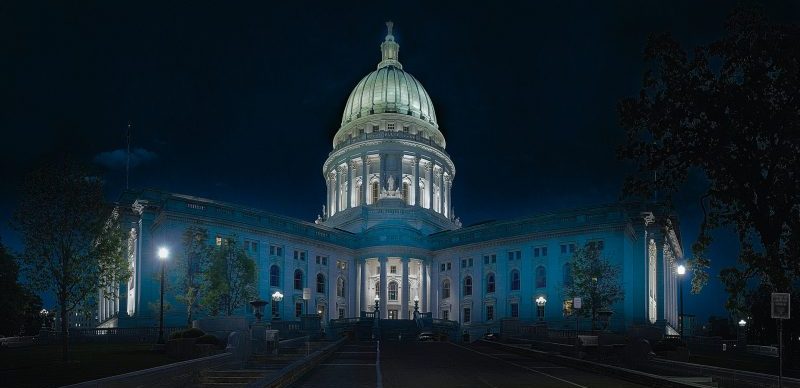The ongoing COVID-19 pandemic has tested the agility of organizations in nearly every industry, and the public sector is no exception. While federal agencies have moved swiftly to develop a digital infrastructure capable of securely and effectively facilitating remote work for the millions of government employees and contractors supporting agency objectives, there are still major hurdles ahead.
Recently, the Chief Information Officers Council released a report revealing that only around one-fifth of federal IT workers were under the age of 40 as of 2017. As a large portion of workers begins to retire, the technological skills gap that the government is struggling to fill will only get wider.
Agencies sorely need skills related to cloud technologies, artificial intelligence, data analysis, enterprise engineering and cybersecurity — all of which are also in high demand in the private sector. The need for soft skills essential to innovation, collaboration and effective project management is also rising, as is the demand for mission-driven candidates who see working for the government as a way to give back to their communities.
To be sure, there have been some bright spots in government hiring. The CIO Council report found that representation of minority groups within the federal IT workforce is on the rise, which bodes well for attracting younger workers who actively look for diversity and inclusion initiatives when considering employment options. That said, the amount of women in federal IT positions has declined in recent years, an alarming trend in light of the government’s desire to build a workforce that reflects the gender diversity of the nation.
Challenges and Solutions
Crises will always motivate action, and at the onset of COVID-19, the government quickly changed hiring rules to ensure that the U.S. would have enough health care workers to combat the pandemic. Unfortunately, this sense of urgency has largely been missing in agencies’ efforts to address the tech skills gap.
The creation of the U.S. Digital Service, which helps agencies build software and modernize internal processes, was a step in the right direction but far from the comprehensive solution that agencies need now. However, the fact that the government was able to quickly remove barriers to hiring health care workers suggests that lingering obstacles can be overcome. Doing so will require more quick and decisive action, as the demand for tech workers is only going to increase moving forward.
Failing to address the widening tech skills gap is simply not an option. Across federal agencies, thousands of digital systems are ticking time bombs. At the beginning of the pandemic, for instance, legacy systems such as the one managing New Jersey’s unemployment benefits proved unable to handle significant upticks in usage. Similar failures will be inevitable without rapid and significant change.
With this in mind, here are four initiatives that federal agencies should prioritize in the months ahead:
1. Loosen hiring restrictions. In many instances, government guidelines require employees to have certain degrees and specific levels of experience, which limits the pool of candidates to choose from. While there has been some movement to reduce these constraints, the private sector is still way ahead in terms of developing pathways for new-collar workers.
2. Rethink salary and benefit structures. In the private sector, technologists can and do earn substantial sums of money due to the high demand for their skills. Unfortunately, the government can’t currently offer comparable compensation packages due to restrictive salary structures. These barriers must be dismantled quickly, starting with the positions of highest need.
3. Upskill current employees. Hundreds of thousands of government employees have the drive, passion and aptitude to be great technologists. Why not give them opportunities to fill open tech positions? The government has already shown an ability to deploy upskilling and reskilling programs, such as the Federal Cybersecurity Reskilling Academy, but these programs need to expand in scope to address agencies’ immediate critical tech needs.
4. Change the narrative. Especially among Millennials and younger candidates, working for the government is largely viewed as boring and unfulfilling. Federal agencies must actively work to change that narrative — instead, positioning government work as a means of making an outsized impact on the lives of fellow Americans.
For instance, imagine helping the Veterans Affairs Department create a system to help veterans get health support more quickly and easily. The reality is that there are, in fact, plenty of similar opportunities for highly fulfilling work within federal agencies, but they need to be featured more prominently in recruitment marketing.
If barriers don’t budge, the tech skills gap will only grow wider and more detrimental. It’s time for the federal government to take swift and efficient action to hire more tech workers.
Daniel Fogarty is vice president of growth for LaunchCode, a nonprofit organization aiming to fill the gap in tech talent by matching companies with trained individuals.





Great advice and tips. As you mentioned, we’ve seen movement, but these need to be hardwired into the fabric of government.